Artificial Intelligence is among the core technologies that have had a significant impact on almost every industry. The agricultural sector is one of the beneficiaries of the advancements made in AI in the last couple of years. Using these technologies will be vital to achieving the goal of increasing the world’s food production capacity by 70% to feed the additional 2 billion people by 2050.
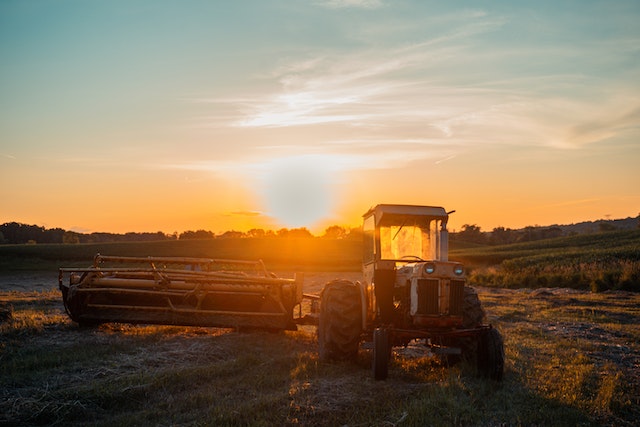
In today’s article, we will discuss the potential of AI and how it can be utilized to boost the production capacity of the agricultural sector. You will notice that most of the AI implementations we will discuss are already being used by farmers around the world. However, some are yet to be adopted by the mainstream market due to a number of limitations that we will briefly talk about towards the end of the article.
The Top 10 AI Use Cases in Agriculture & Farming
1. Crop yield prediction
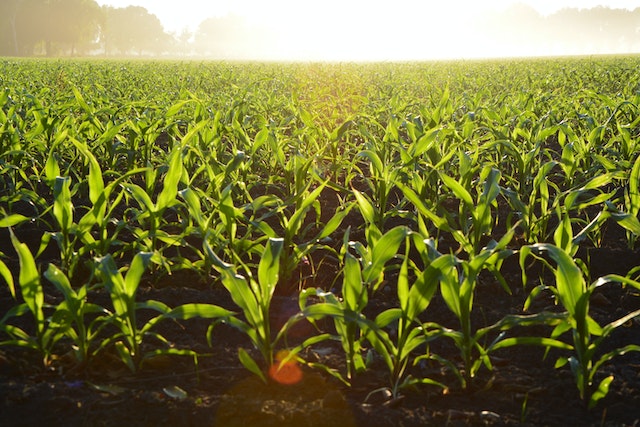
One of the rising use cases of AI is predicting the potential output of the crops based on the current environmental conditions and analyzing past data. The real-time gathering of data is done by IoT sensors put in the garden to collect metrics, including moisture content, the soil’s acidity, temperature, and the availability of different nutrients.
More data is collected using drones with IR cameras that can be used to assess other aspects of the farm, including potential pest infection. This data is then analyzed alongside the previous yield rate of the farm to give the farmer an estimate of what their farm could produce at the time of harvesting.
These algorithms can also make predictions of the farm’s output if a couple of changes are made to improve the growth conditions of the crop. With this information, farmers can determine what to do to improve the yield rate of their farms in real-time. The predictions made by these algorithms can be crucial to boosting the farm’s overall productivity over time.
2. Predict pest infestation
Several farmers are already using drones with IR cameras to capture detailed information about their crops as they grow. The footage gathered by these cameras can be fed into machine learning algorithms to predict potential pest infections. This helps farmers to know the different sections of the farm that might be infected with pests.
With this data, the farmer can plan ahead of time to procure the necessary pesticide required to deal with the pest infection. Dealing with the pest infection early enough reduces the potential damage that could be caused by these pests. Ultimately, the production capacity of the farm is boosted.
3. Smart tractors help to deal with labor shortage issues.

Some regions in developed economies, such as the US and the EU, are already experiencing labor shortages in the agricultural sector. There are studies indicating declining interest in agricultural employment, especially among young people. Most of the young people are interested in other sectors of the economy, such as technology and finance. This has made it much harder for farmers to get enough workforce in the last couple of years.
However, with smart tractors, this problem will gradually be solved. Smart tractors use machine learning and computer vision technology to make decisions, such as maneuvering obstacles while doing farm operations like planting seeds. We are also starting to see several companies building autonomous tractors that can fully perform most of the farm operations without the need of a driver.
John Deere is one of the companies that has invested heavily in autonomous driving technology for farm tractors. They recently launched the very first autonomous tractor that should be available for buying by the end of this year. The only downside is that these tractors are extremely expensive.
John Deere’s tractor costs over $600,000, which is way too high for the average farmer. However, we expect autonomous farm tracks to gradually drop in price as the production costs reduce in the next couple of years.
4. Optimizing the right mix of pesticides
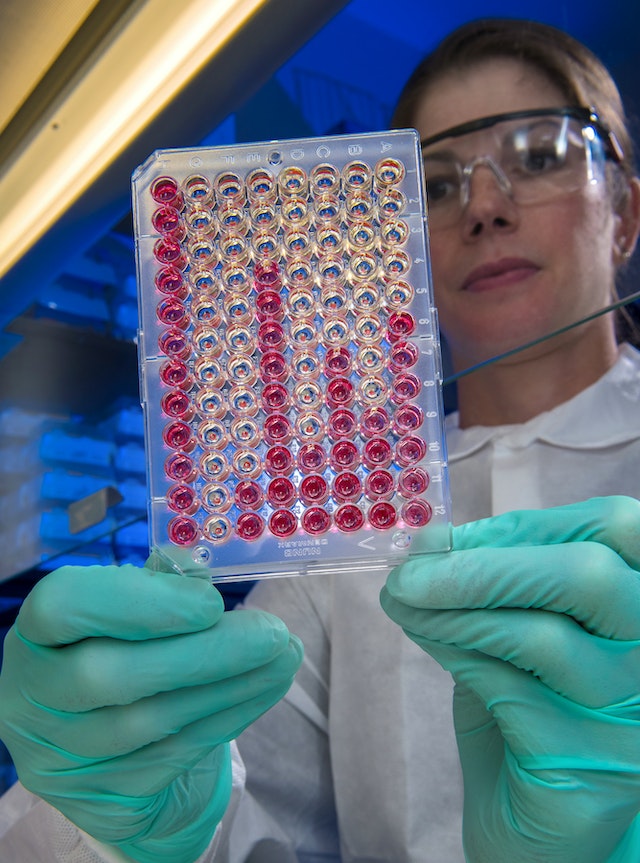
In the traditional setup, pesticides are sprayed uniformly throughout the garden as long as it has the same crop. However, this approach is wasteful since different sections of the farm have different levels of pest infection. That is why scientists and researchers have come up with a solution that uses AI to optimize the process of mixing and spraying pesticides.
Here is how the optimization is done. Machine learning algorithms are fed with the footage captured by IR drone cameras to identify the regions that are affected the most. This data is used to determine the concentration of the pesticides used in the different sections of the farm. With this kind of optimization, the amount of pesticides used is significantly lowered hence reducing the overall operational costs on the farm.
5. AI is used in farm surveillance systems
Farm surveillance is one of the day-to-day farm operations that is normally done by humans. People hired for these kinds of jobs do the surveillance manually or by monitoring real-time footage recorded by security cameras. However, all this work can be done by computers if there are enough cameras around the farm.
Machine learning and computer vision technology are being used to analyze footage recorded by cameras to detect the presence of humans or animals within the farm premises. The speed of computers today enables real-time analysis of this footage to notify the farmers in case any animals or humans are detected on the field.
This ensures the security of the farm and limits any possible damage that could be caused by animals from the neighborhood.
6. Predicting prices for the different crops
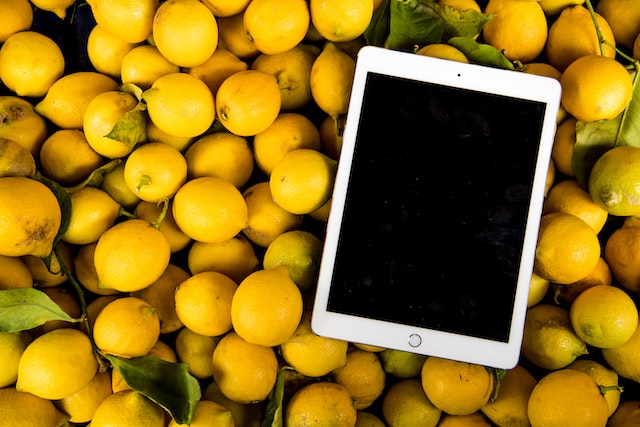
Another useful application of AI in farming is the ability to predict the prices of farm products. Machine learning algorithms are being used to predict pricing using previous data and the current trends in the market. Knowing the potential pricing of farm products enables farmers to decide whether to sell now or hold on for a little longer.
Having this data can save farmers millions of dollars that are lost every year. These predictions can also be used to schedule different farm operations, such as harvesting. The good news is that implementing this kind of technology doesn’t require heavy investment like some of the AI applications we have covered on this list. All the farmer needs is a computer and the software that makes these predictions. The service providers of these tools may charge relatively small license fees to sustain their business.
7. Predictive insights
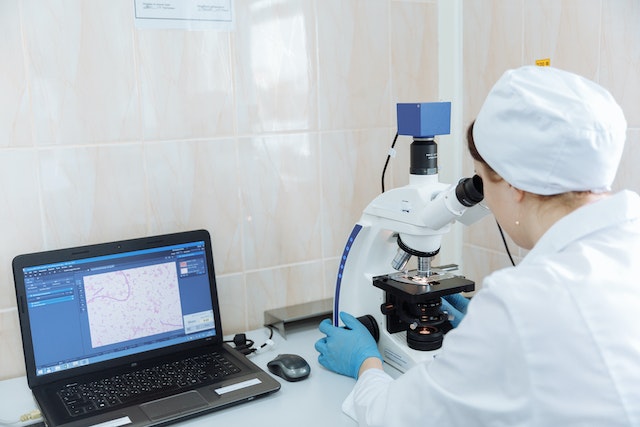
Most farmers follow the standard seasons when planning and scheduling several farming operations, including sowing, harvesting, and more. However, due to changes in the climate and soil conditions over time, following standard seasons may not be the most appropriate approach. That is why scientists are leveraging the advancements made in AI and machine learning to help farmers plan better.
AI is being used to determine the best time to do certain farm operations based on previous data, current soil, climate and the expected future weather conditions. Doing certain farm operations, such as sowing at the right time, can significantly boost the overall output of the farm.
8. AI-based robots for harvesting
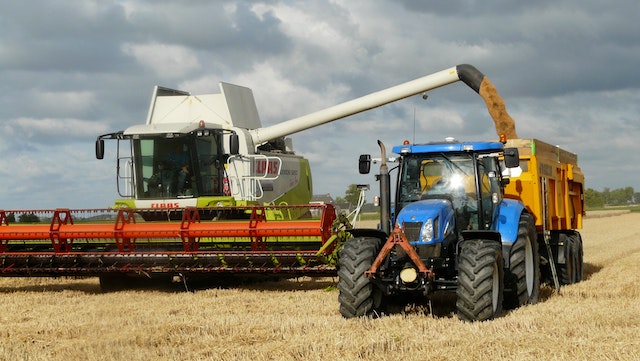
Harvesting is among the core operations on the farm, and it takes up a lot of time if done manually. Harvesting agricultural produce from several acres of land would require hiring thousands of laborers, which is a very costly and inefficient approach. AI-based robots can do the job more effectively and much faster.
These robots are designed to make smart decisions while harvesting specific crops to minimize the damage caused during the process. Some of the common examples of AI-based robots used in harvesting include the autonomous strawberry-picking machine and vacuum apparatus that can harvest mature apples from trees.
The core technologies used by these include artificial intelligence, machine vision, and sensor fusion to determine the right crops to harvest and the amount of force that should be used while harvesting. These robots also get more effective and accurate the more fruits they harvest.
9. Disease diagnostic using AI-based apps

Research shows that over 14% of crops are lost annually due to diseases. Most farmers may be aware of two or three of the common diseases and pests that affect their crops. So, their prevention and treatment strategy is based on the few diseases they are aware of. However, thousands of diseases affect crops, making it harder for farmers to diagnose them.
Advancements in AI are making it possible to diagnose most of the common diseases by simply assessing the crop’s images. Plantix, an Android mobile app, can now be used to detect common diseases by assessing the image of the crop. This app has over 10 million downloads on the Google Play Store. It also has an average rating of 4.2/5 stars out of 73,000 reviews, which clearly shows that many people are finding value in the app. Here is what one of the users wrote in his review about the app;
“It is a very useful application. It diagnoses disease accurately and proposes medicines very quickly. And most of its medicines treat the plant. It is a marvelous application. It helps farmers living in far-flung areas that their agriculture department cannot approach. I recommend this application for kitchen gardeners to big landlords to utilize and save your garden and crops from pests and diseases.”
At the moment, Plantix covers up to 30 common crops and can be used to detect over 400 plant damages. All the farmer has to do is take photos of the sick plant and upload them to Plantix servers through the mobile app. Plantix feeds these images in its sophisticated systems to determine the most likely disease that is affecting the plant.
Knowing the exact disease affecting the crops makes it much easier to determine the best solution to deal with the disease. This saves farmers money that would otherwise be wasted on dealing with the wrong diseases or having to hire an expert to help them determine the diseases that are affecting their crops.
10. Weather forecasting

If you own a smartphone, there are high chances you have a weather app since it is usually pre-installed on Android and iOS. The data that these apps are fed is generated by sophisticated infrastructure that predicts the expected weather conditions. Big tech giants like Nvidia have contributed a lot towards developing AI and machine algorithms that can be used by weather predicting machines to yield better predictions.
Most weather apps provide relatively accurate weather predictions for up to 10 days. Farmers can use this information to plan their daily farm operations without worrying about unexpected weather changes. The good news is that these apps are absolutely free, so farmers have no excuse for not using these apps when planning their operations.
Limitations of Using AI in Farming
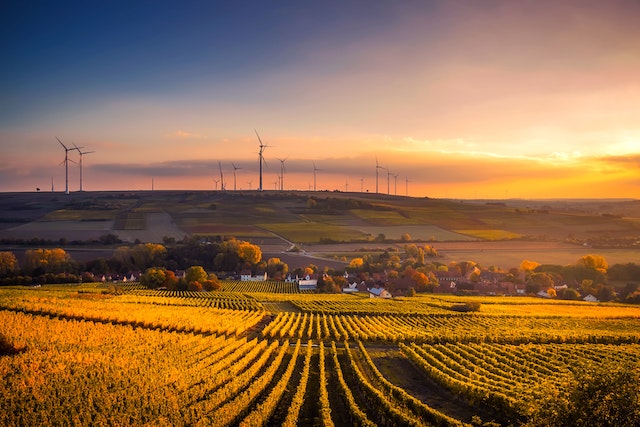
Despite the many benefits that come with using artificial intelligence in several farm operations, there are still a couple of limitations that are slowing down the adoption rate of AI-based solutions in the agricultural sector. Some of these limitations include the following.
- Some solutions are costly to implement: For instance, procuring smart tractors or AI-based harvesting robots is way too expensive for most farmers.
- Steep learning curve: Implementing certain AI solutions has a steep learning curve that some farmers are unwilling to encounter.
- Lack of good internet connectivity in some areas: Most AI tools need internet to work. This limits their adoption in remote areas that may not have reliable internet.
Final Thoughts
Those are some of the common applications of AI that are being used in the agricultural sector to boost productivity and efficiency. You will notice that most of these solutions can be used by both small-scale and large-scale farmers since they are cheap to implement. Of course, there are some expensive ones like autonomous tractors and AI-based robots that may not make financial sense to small farmers. However, their prices will also decrease over time as the cost of developing them continues to drop.



